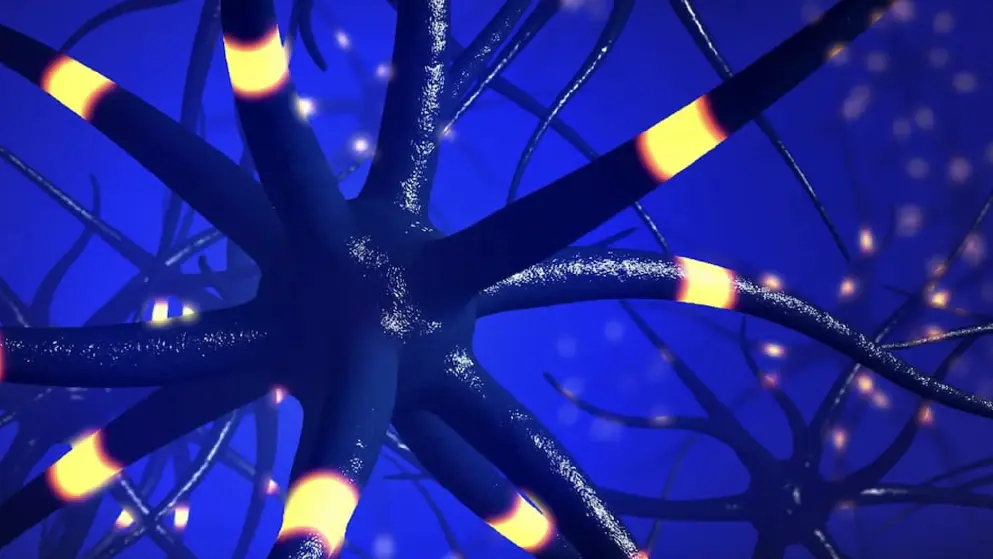Mallinckrodt Announces positive findings from its observational registry assessing relapse recovery in multiple sclerosis relapse patients treated with Acthar Gel (Repository Corticotropin Injection).
Mallinckrodt plc announced positive top-line findings from its observational registry to assess treatment patterns and response to Acthar Gel (repository corticotropin injection) in reducing the clinical impact of disease exacerbations in patients with multiple sclerosis (MS) relapse. The results for the main subsets of patients are highly statistically significant for all the efficacy endpoints. Mallinckrodt plans to share the data at an upcoming medical meeting.The registry was designed to assess the characteristics of patients receiving Acthar Gel for MS exacerbations (sometimes referred to as "flares" or "relapses"), as well as the outcome at two months and whether or not the outcome was maintained at six months.
The average age of patients was 47 years, and the mean duration of MS was 10 years at the start of the study. Registry data showed that patients treated with Acthar Gel reported significant improvements in symptoms associated with MS exacerbations at two months from baseline, as measured by the MS Impact Scale, version 1 (MSIS 29v1), the primary measure of the study. The response was sustained at six months. Physicians also reported an improvement in physical symptoms in patients treated with Acthar Gel, based on Expanded Disability Status Scale (EDSS) scores.
About the Observational Registry of Acthar Gel for Multiple Sclerosis Relapse : The Observational Registry of Acthar Gel for Multiple Sclerosis Relapse followed patients with recurrent MS relapse for up to 24 months, and a minimum of six months, to characterize the patient population with recurrent MS exacerbations (relapse) and describe MS exacerbation recovery, treatment patterns and safety outcomes in adult patients treated with Acthar Gel in standard practice in the United States. The registry enrolled 148 adult (?18 years) patients at 55 U.S. sites.The average age of enrolled patients was 47 years. 60 percent of patients reported a history of insufficient treatment response to, intolerance of, or intravenous access problems with high-dose corticosteroid therapy. 58 percent reported one or more MS relapses in the two years before enrolling in the registry. The primary measure of the registry was MS relapse at month two versus baseline as measured by MSIS-29v1 � physical subscale. Adverse events were consistent with those in previous trials of Acthar Gel.
An electronic patient-reported outcome scale was used to describe MS exacerbation recovery (e.g., neurological functional and symptom improvement; productivity loss) and treatment response over a period of six months following index exacerbation and any relapses, as well as to describe the safety profile of Acthar Gel. Patient assessments were used to describe relapse characteristics.(e.g., symptoms, time to relapse and relapse treatment) for patients who experienced relapses following the index exacerbation during the study period.
The MSIS-29v1 is a scientifically rigorous, disease-specific, health-related, quality of life instrument that measures the patient's perspective on disease impact. It consists of two subscales assessing the physical and psychological impacts of MS.2 The EDSS is a clinician-administered assessment scale that measures neurological impairment. It is used to describe and monitor disease progression and is widely used to measure disease outcomes in clinical trials. A limitation of the study is that, as it was a registry, there was no control group.

